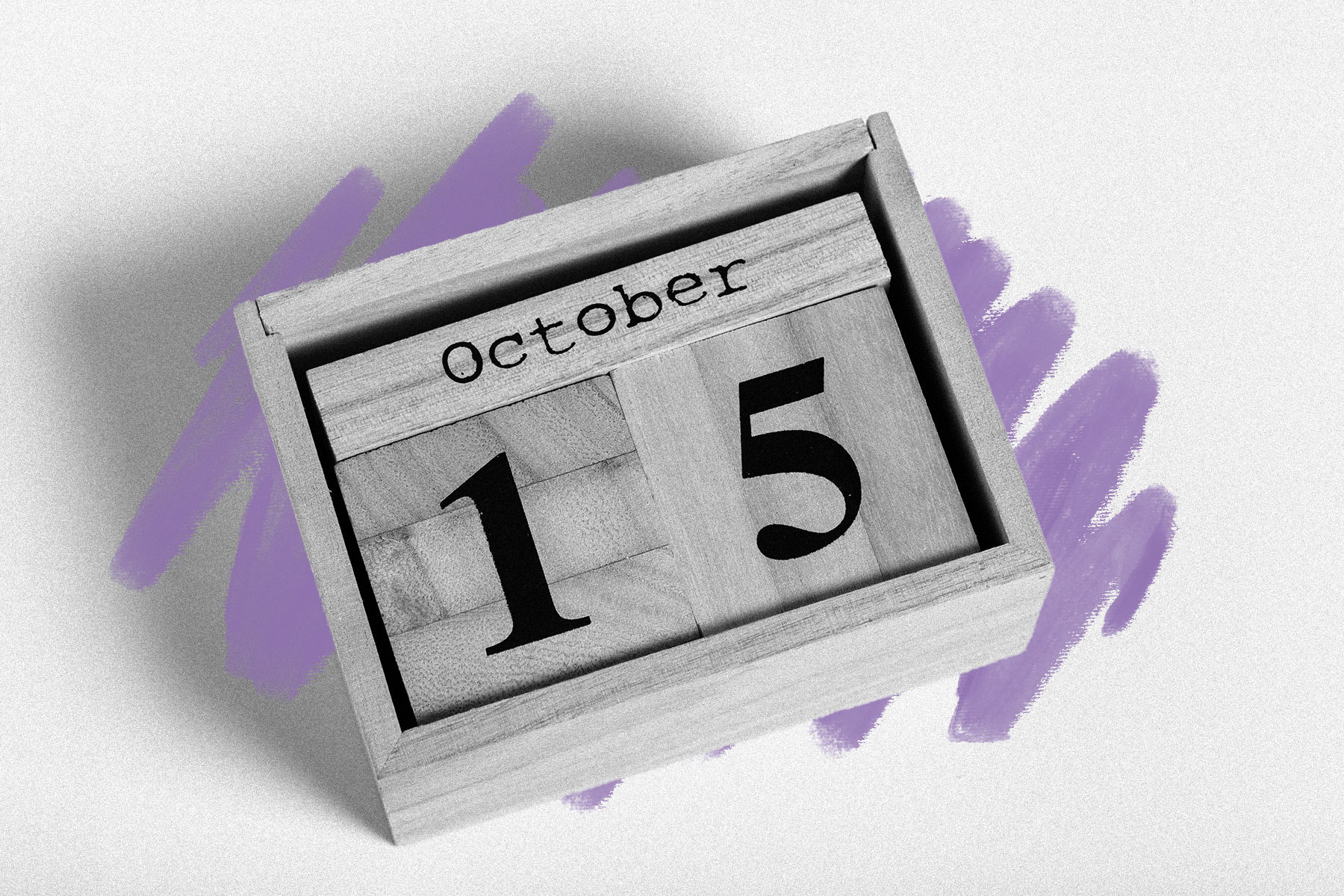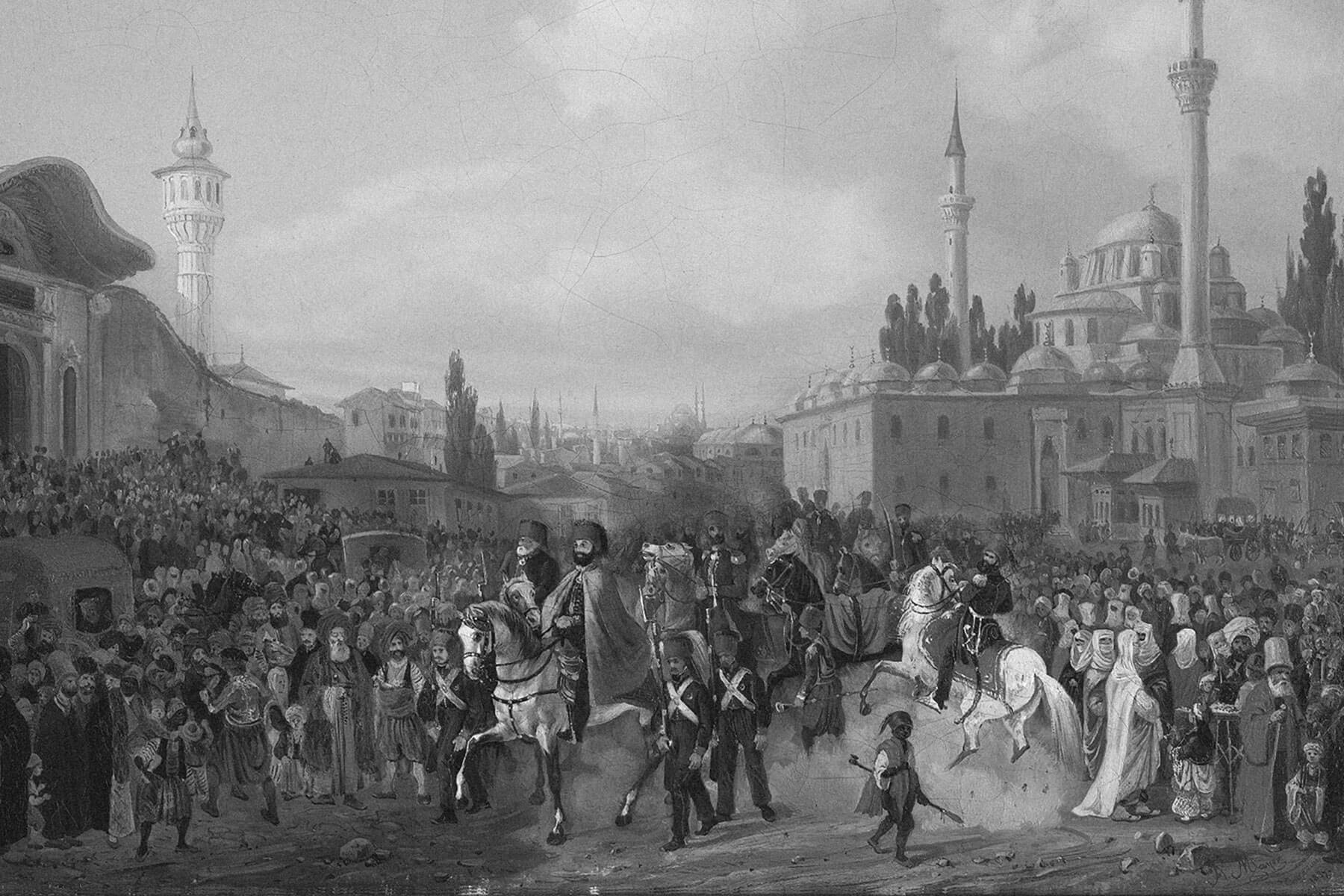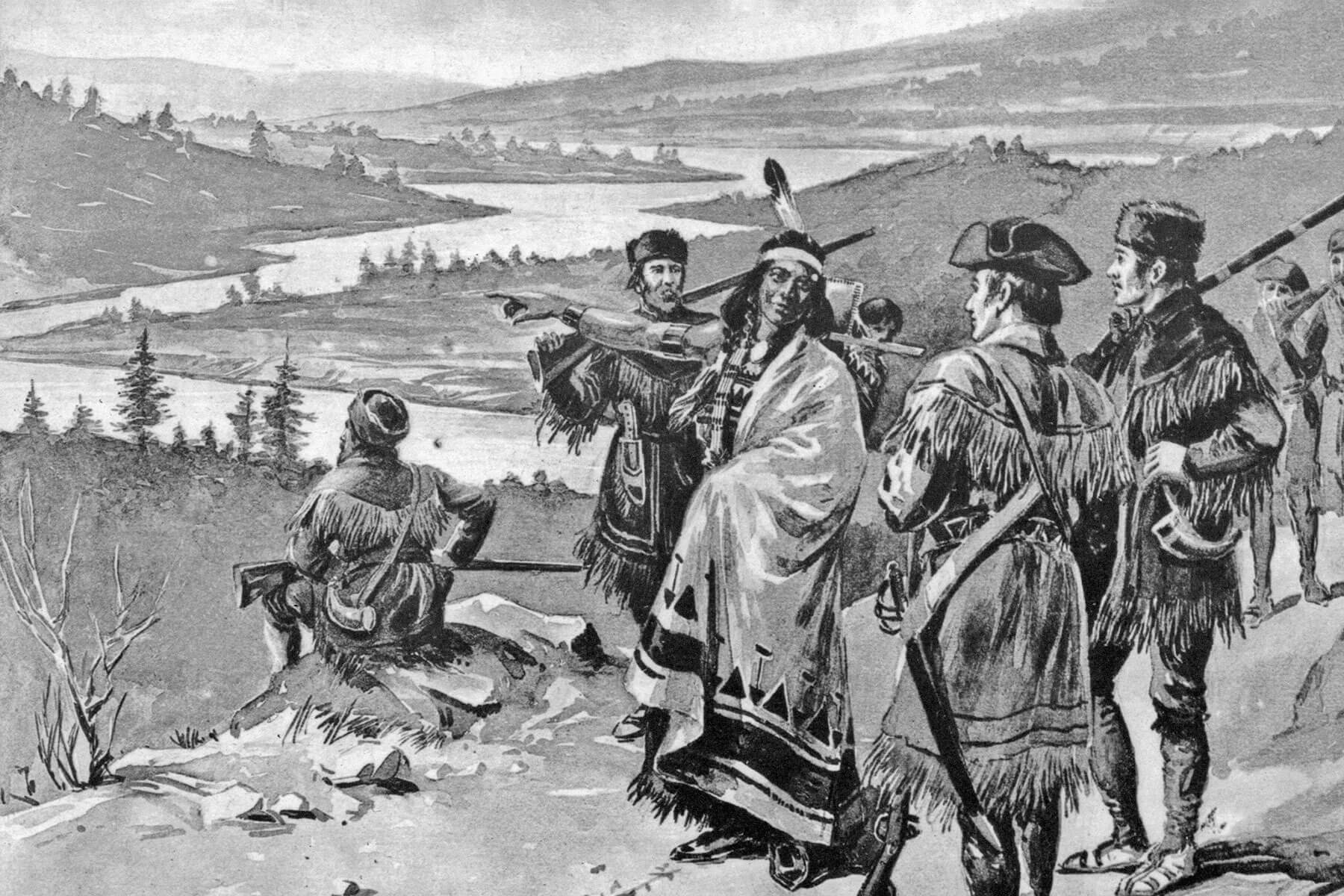 |
In the year 1582, October 4 was followed directly by October 15. |
World History |
 |
| |
| As far as the Catholic Church was concerned, this was a problem not only for accuracy's sake but also because it led to confusion over when Easter should be celebrated. The Council of Nicaea decreed in 325 CE that the holiday should be observed on the first Sunday after the first full moon following the vernal equinox, but calendar drift created a discrepancy between when the equinox actually took place and when the calendar said it did. Hence the jump in time. The decision to solve the issue by reforming the calendar came during the Council of Trent, a conference held by Catholic clergy between 1562 and 1563 in response to the Reformation. Pope Gregory chose October as the time to "lose" 10 days because there were no major Christian holidays during that period. | |
 | |
 | |||||||||
By the Numbers | |||||||||
| |||||||||
| |||||||||
 | |||||||||
| |||||||||
One time it took nearly three years to elect a new pope. | |||||||||
| Papal conclaves are serious business, in which the College of Cardinals convenes to name a new leader of the Catholic Church whenever the need arises. It now usually takes about a month for white smoke (fumata bianca) to emerge from the Sistine Chapel, signifying that a new pope has been chosen. But the pre-conclave process took much longer — one time, it took almost three years. That particular election took place in Viterbo, Italy (at the time, elections were held wherever the pope being replaced had died), between 1268 and 1271, more than 200 years before the Sistine Chapel was even built. The cardinals just couldn't decide on a successor to Pope Clement IV. They eventually picked Gregory X, but not before the townspeople got so angry and impatient, they tore the roof off the building the cardinals were staying in. Determined not to have that happen again, Pope Gregory established the conclave system still in use today. | |||||||||
 | |||
Recommended Reading | |||
 | |||
| | |||
 | |||
| | |||
| + Load more | |||
| |||
| |||||||||
| Copyright © 2024 History Facts. All rights reserved. | |||||||||
| 700 N Colorado Blvd, #513, Denver, CO 80206 | |||||||||
|





No comments:
Post a Comment